“Actually, we are the pioneer of solid-state battery”
They are the only manufacturer of solid-state batteries for electric vehicles on an industrial scale – and yet they are hardly in the spotlight: French Bolloré subsidiary Blue Solutions developed and commercialised batteries with solid-state electrolyte years ago. Their most prominent customer is Daimler.
The German manufacturer offers its Daimler eCitaro and eCitaro G buses with the technology from Brittany. We spoke with Blue Solutions’ Managing Director Jean-Luc Monfort about pioneering work and long-term research efforts, the company’s growing customer base, and different solid-state battery technology applications. We also got to talk about European initiatives. “If the European industry wants to be successful in the field of solid-state batteries, we believe that cooperation and development at the European level will be necessary,” Monfort states.
Blue Solutions relies exclusively on batteries based on a lithium metal polymer (LMP®) developed in-house, which already reached market maturity in 2012 in its current electrochemical composition. The batteries are manufactured at the headquarters in Quimper in Brittany, France, and in Montreal, Canada. According to Monfort, the company employs around 400 people, owns more than 1,700 patents, and benefits considerably from the know-how of parent company Bolloré – for example, regarding extrusion processes. It was also within the Bolloré Group, that Blue Solutions’ solid-state batteries were initially used: in car-sharing and in the bus sector (BlueCar, BlueBus). Almost unnoticed by the industry, the external customer base has grown since then – with Daimler as a key customer and with further European contractual partners that Blue Solutions plans to unveil in the coming months.
* * *
Mister Monfort, how come Blue Solutions has a technology on the market that other companies, research centres and universities are still researching?
There exist various solutions for solid-state batteries. We have LMP® (Lithium-Metal-Polymer), which describes our technology based on a solid electrolyte and a lithium metal anode. These are the two main characteristics. Our cathode is very close to a standard one in lithium-ion batteries, except that we use iron-phosphate instead of NMC.
Well, coming to your question: This is a long story of development. It started in Canada with Hydro Quebec, a Quebecian energy network company, and in France with Bolloré. Both approaches were based on Dr Michel Armand’s initial patent, a researcher pretty well known in the electrochemistry world and who was stating in the 1980s that lithium could be used as a material for batteries. Bolloré started its studies at the end of the 1990s and developed a first pilot line in 2001 in Quimper. Hydro Quebec had explored the technology since 1995. Subsidiaries of both companies merged in 2007 and based on the two rights of patents, we started establishing 2012 the first lines of production of our LMP® batteries. So we have been developing our industrialisation through the past eight years, improving our industrial process, improving our yield, to be today able to deliver these batteries to the market.
So you started much earlier than most of the others?
Actually, we are the real pioneer of solid-state batteries. We accumulate more than 20 years of development and about 15 years of industrialisation and constant improvement from the lab-scale—our first samples with the present electrochemistry date from 2005. Generally, when you develop new technology, you have a long time between the first samples and the real mass production. We think that many competitors are underestimating the time needed to go from the samples to the real mass production – depending of course on the degree of innovation. If you use only some chemistry variation, that’s less complex. But if you develop a fully innovative concept, you need much time to finetune all the parameters and make a good assembly of all the battery components.
Solid-state batteries are meant to be the break-through in battery technology. What’s your opinion about that?
What everybody is looking for that’s to find chemistry to run solid-state batteries at “room temperature”, so at around 20 degrees. We are not yet there. We have to heat our LMP® batteries to 50 to 80 degrees, depending on the application. The point why everybody is looking for solid-state status, that’s because you will be able to get rid of the thermal runaway. Solid-state is safer than lithium-ion battery technology. We also get the benefits of the lithium metal anode, which has specific energy ten times higher than the graphite one used in lithium-ion batteries. So these are the main advantages of solid-state batteries, higher energy density, higher stability – and that’s why everybody is looking for that.
Then you have to overcome some challenges, which are the prices of the raw material and also the development of the processes behind this technology. And this is one of the reasons why we are in this pioneer position: Bolloré is a traditional producer of ultra-thin films thanks to extrusion processes. These are processes developed in the 1960s. So it has been a long time that we deal with this topic. Bolloré is able today to produce films with 2 microns of thickness for the industry. And we decided to use this process to produce a very thin electrolyte polymer layer. Regarding lithium anode production, the process technology was mainly developed by Hydro Quebec. Today, these two processes are the base for our LMP® batteries.
How much production capacity do you have in your factories?
We have two lines with a capacity of 500 MWh per year—one in Quimper in Brittany and the second one in Montreal in Quebec. And we are developing new lines: The third line is in the process of installation in Quimper. Our aim is to grow very soon to 1,5 GWh per year. Our capacities are increasing every year. At the moment, we have our two plants fully loaded with a four shift production, meaning we are producing seven days a week, 24 hours.
Can you describe us your LMP® battery by some key figures?
The figures can vary depending on the market, depending on what the customers are looking for. But today, we are capable of delivering cells that have an energy density of more than 250 Wh/kg – and this is specifically asked by bus customers. Furthermore, we can guarantee over 4.000 cycles using the full capacity of the batteries.
The kWh price of solid-state batteries is comparable to the one of the lithium-ion batteries. Still, when you consider the total cost of ownership, the additional benefits of solid-state such as ease of integration, wider operating range for use in extreme hot and cold temperatures, a much stronger warranty, our batteries are often more competitive than the lithium-ion batteries for specific applications and markets.
You are mentioning the range – it is wider?
We offer clients, of course, a wider operating range than lithium-ion batteries because we just need heating but not a cooling system. This gives more space for additional battery capacity.
We heard about the electric buses of your associated company BlueBus that are equipped with your technology. Are your solid-state batteries just doing sense in buses, or is an application in passenger cars or other commercial vehicles like transporters or trucks possible?
If you maintain the battery at a running temperature between 50 and 80 degrees Celcius, you may use it in any application. But to be honest, we were selling those batteries to PSA for a fun car that they created around 2015, but the commercial success was not there. Before you could use the car, you had to get the battery to the running temperature, which took some time. Being unable to use your car whenever you wish is not compatible with the mass market. That’s the reason why our product fits clients that use them constantly: 5 days a week for full-day operations. So this perfectly fits buses. Also, last-mile delivery trucks or industrial vehicles in harbours, ports and airports are well fitted to this use.
Are your solid-state batteries compatible with any bus brand? What are the technical requirements of the buses’ chassis to integrate your batteries?
This is a very good question because it is one of the advantages of our batteries. We do not need any cooling system. This makes our batteries a plug&play solution. Six packs – that are big dimensions. You may put them on the rooftop of a bus, and it doesn’t matter if the sun heats them up. This is just helping to get them to their operating temperature. We have the example of one customer who has been able to develop the first electric bus prototypes within six months, which is an enormous performance. Of course, it was an already existing model, and they just had to adapt their roof to install the packs.
When did you decide to sell solid-state batteries to third parties?
As it was difficult to prove the reliability of our technology to external customers, we started first to develop ourself applications: the Bolloré car-sharing and buses. We started discussions with various bus manufacturers, but mainly with Daimler, three years ago. They had sent a technological delegation, and in early 2019 we signed a development agreement. In general, we were open to deliver to external customers since 2015/16.
It is not very known in Europe that you are delivering your solid-state batteries to Daimler. Can you give us a summary of how this partnership developed?
You are right, we haven’t communicated a lot about our technology, and we were not very present at international conferences. We thought it was better for us to make internal developments. Daimler has always looked for innovation in its products. We were contacted by them in 2017, we explained to them our products, started discussions and gave them samples – and we made tests for them. Then they asked if we could develop a specific pack for their buses. They understood that they could propose two battery technology options to their customers, lithium-ion batteries with NMC chemistry and solid-state LMP batteries with a longer range and longer warranty time. (Ed: Daimler announced both battery options when it unveiled the eCitaro bus in summer 2018. Both versions are also offered in the articulated bus version eCitaro G, which was launched in 2020).
When Daimler asked you to individualise their battery packs – what is specific about them? Are the packs different from the ones used, for example in the BlueBus?
Yes, they are different from the ones we use in our first generation of buses. We manufacture 450-volt battery packs for the BlueBus, Daimler asked us to develop 650-volt packs. Second, they asked for specific dimensions in order to be able to replace their lithium-ion packs with LMP® packs. And of course, we developed the software characteristics according to their specifications to make communication processes work between the bus and the battery. We have continuously worked together for two years to individualise the packs – including all the safety criteria that Daimler is demanding. It was a real challenge and we appreciated it a lot. The result is that Daimler could get rid of one cooling system and put the seventh pack in the eCitaro, which gives them the possibility to reach 441 kWh battery capacity in one bus.
Well, and also we have coordinated our roadmap with Daimler. And we have a new generation of batteries in development for them. But it is up to them to announce this.
Can you tell us in this context, how many solid-state batteries you are currently delivering to Daimler?
I can not disclose this information. All I can say is that we have a supply contract and that we deliver them the quantity they need.
Do you have other clients or companies that are interested to become clients?
We have already other customers and also a lot of interested companies. The bus industry is massively switching to electric buses. That is not just true for Europe but all over the world. This year, we will disclose new customers.
Among our existing clients there is for example the French company Actia. They integrate our batteries in applications of their customers all over the world, for example for Australian manufacturer Custom Denning. So, we started providing batteries for electric buses that will be used in Australia. There is also the French manufacturer Gaussin, who is providing already special electric vehicles for the port industry in New Zealand, Qatar, Ivory Coast, etc. They have customers all over the world, also in Asia. And they created a swapping system to exchange the LMP® battery packs of their vehicles every 12 hours, so they can run 24 hours per day with two packs.
We have also a contract with RTE – the high-voltage network in France – to develop a 30 MWh project in South France, thus, a stationary application of our batteries. And we develop for Africa some local stationary applications which store solar energy during the day to deliver the energy for the night, especially in villages that are not connected to the grid. These are not big projects, but they are numerous, so this makes also MWh to deliver.
So this is today our customer portfolio. We have also some other contracts with European customers already signed, but can not yet disclose them. And we see a growing interest in the field of last-mile delivery trucks and larger trucks.
At the moment, there are a lot of European initiatives going on, in order to join forces in the battery sector. Are you participating in any?
Europe was obviously late – later than the Asian countries. China and Korea developed the lithium-ion battery industry quite ahead of Europe. Then there is Tesla, the only one in the U.S. that really decided to develop massively lithium-ion batteries through their partnership with Panasonic. The sovereignty of the European automotive industry is depending on battery production. We are in direct contact with the EU commission which estimates that the European community will need more than 400 GWh per year in 2026. So they launch these initiatives to subsidise gigafactory installation in Europe and also to subsidise the development of next-generation battery technologies.
We are convinced that we have to participate in the European battery ecosystem. And we have increased our efforts to participate in professional organisations and associations in Europe. Except for our contact with the EU commission, we are part of the executive committee of the Battery European Partnership Association (BEPA) and also of the RECHARGE Association which is one of the European committees that deals with regulations of batteries. Then we are member of EBA 250, which is the European Battery Alliance. Of course, we also participate in the new European raw material initiative, launched in 2020. Finally, we are also part of the European Association for Storage of Energy (EASE). So, we understand and we believe that we have to improve the European cooperation and we are open to industrial collaboration to accelerate the development and availability of solid-state batteries for electric passenger cars. This is something we are believing in.
What are you thinking about the first European IPCEI mainly pushed forward by Germany and France, well known in France under the name “airbus de la batterie”?
We believe that this project was scheduled rather hastily. We are rather positioning ourselves for the next generation of batteries, namely solid-state batteries that are operational at “room temperature” and thus also fit the passenger car industry.
So this is your next objective in terms of further developing your technology?
Yes, our aim is to make solid-state batteries able to run at 20 degrees or even lower. This is a new development that we have already started some years ago. At the lab, we have already batteries that run at “room temperature”. We plan to be able to deliver those batteries to OEMs at the industrial level in 2026.
We are currently doing already cycle testing of cells to see if they are able to do more than 1,000 cycles for the car industry. Cars are less demanding in terms of battery life cycle than buses or energy storage systems. So we want to tackle this market. We know that we won’t be alone in this market, so we are open to collaborations and partnerships inside Europe for that purpose.
We are participating in the global movement and we think as we are the most experienced solid-state battery manufacturer we will be among the ones capable to provide the next generation to the market. If the Europe industry wants to be successful in solid-state technology, we believe that cooperation and development on the European level will be necessary.
Mister Monfort, thank you a lot.
Lithium metal polymer (LMP®) batteries by Blue Solutions
The LMP battery contains neither cobalt nor nickel or other Substances of Very High Concern (SVHC), but copper, aluminium, lithium, polymers, lithium salt, iron phosphate and carbon. It’s free of solvents, which makes recycling easier, according to Blue Solutions. Thus, patented recycling processes are currently in place to recover lithium. The internal operating temperature for LMP® batteries is currently 50 to 80 degrees. The storage capacity is said to be constant throughout the battery lifetime of up to 4.000 cycles. More details at the company’s website blue-solutions.com.

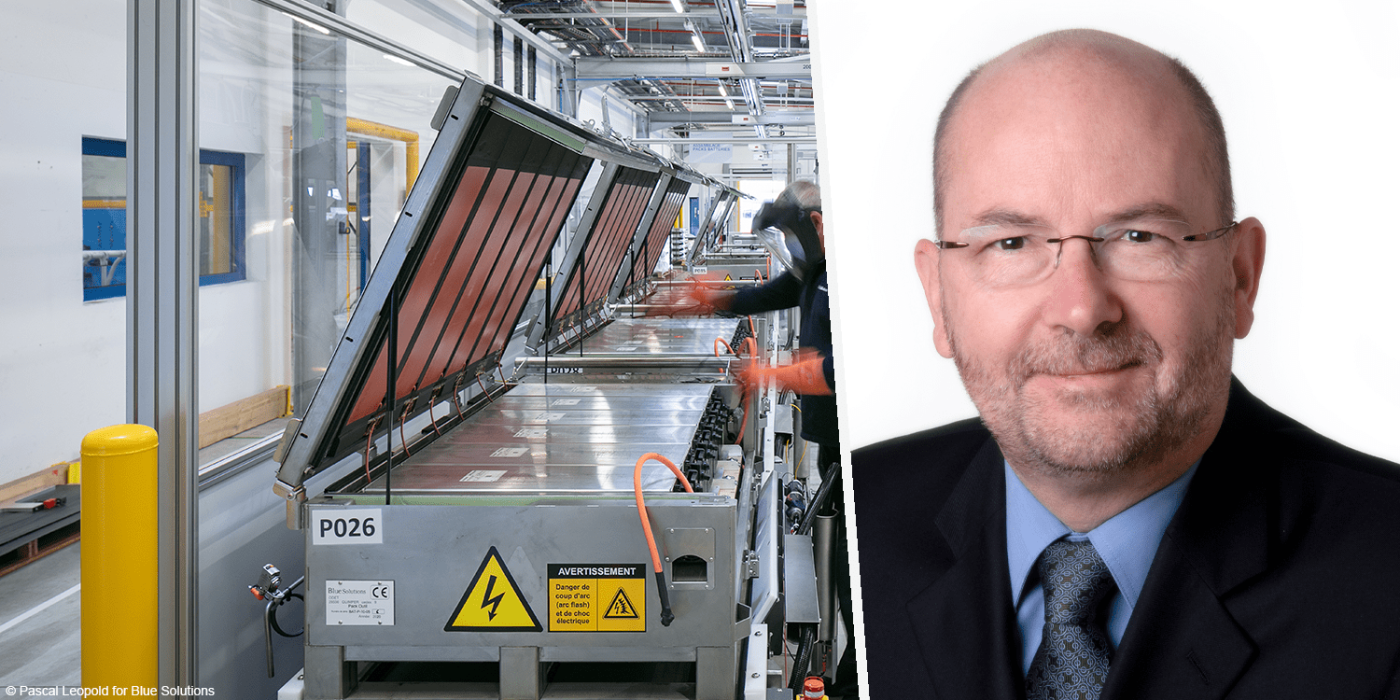
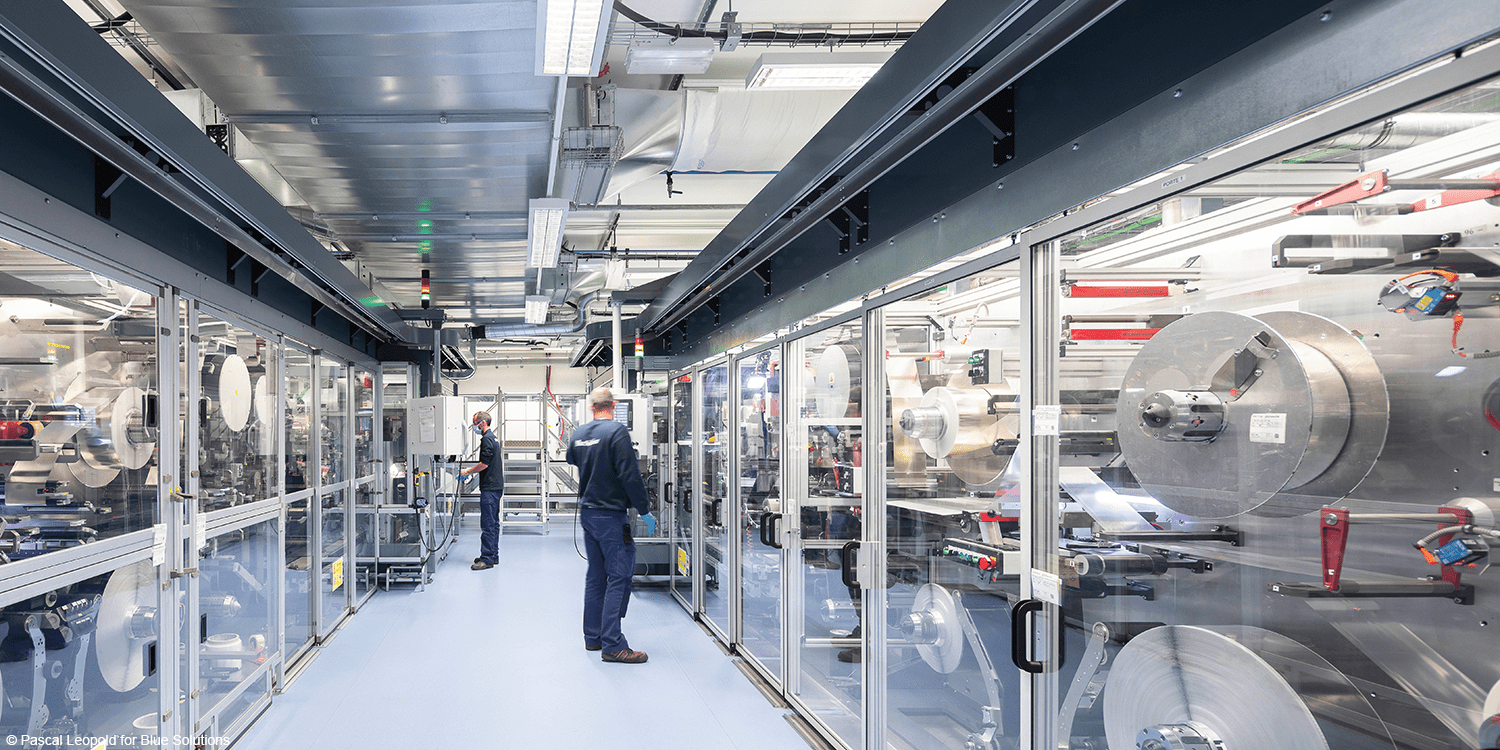
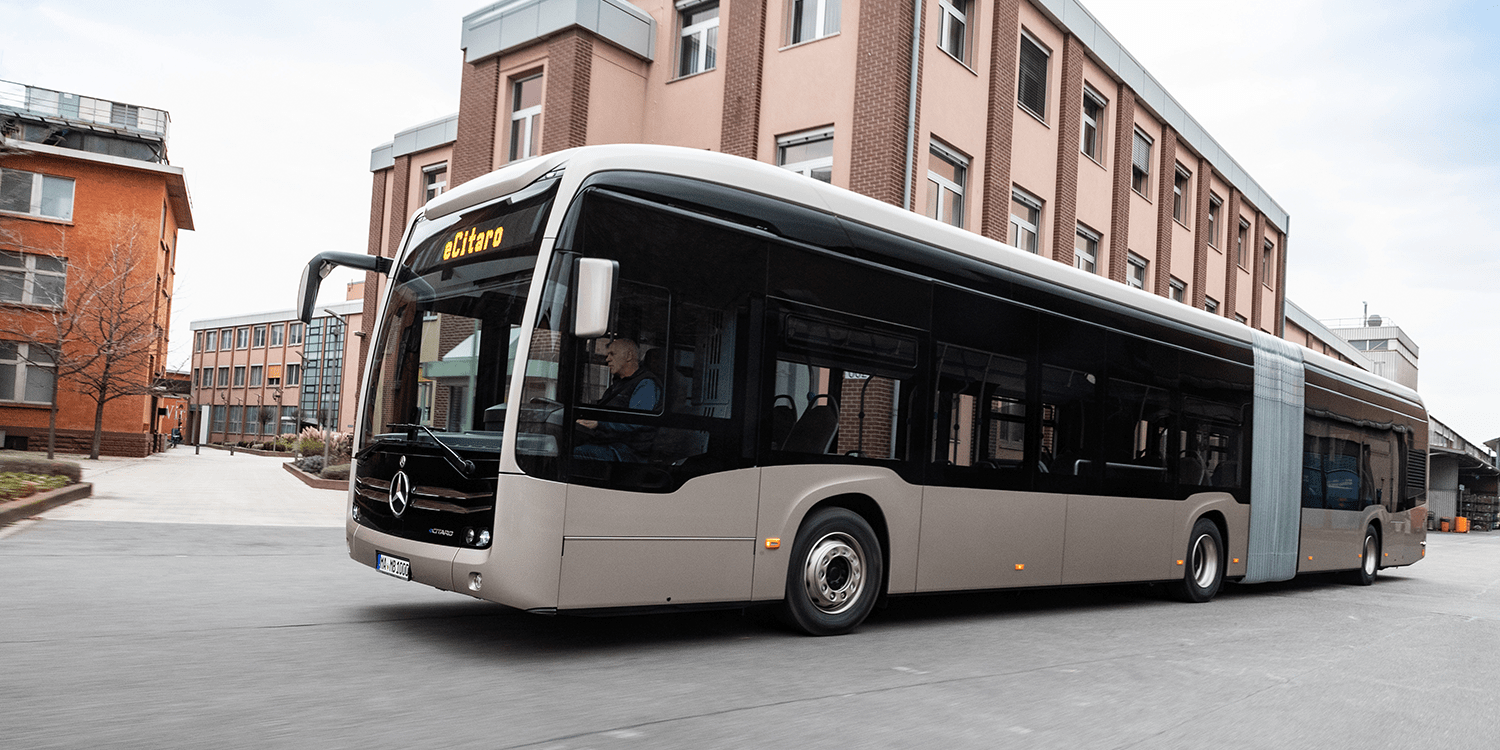
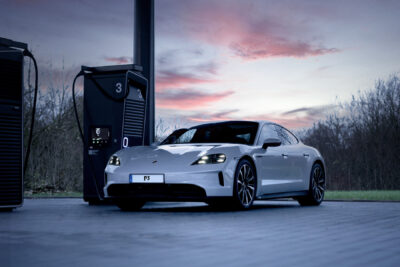
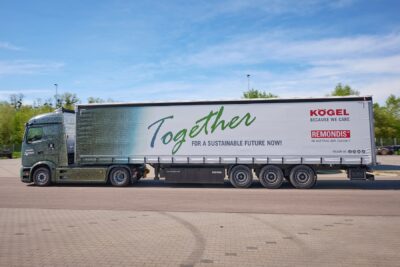
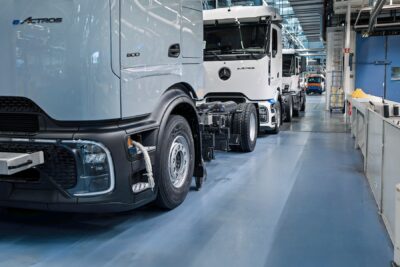
10 Comments